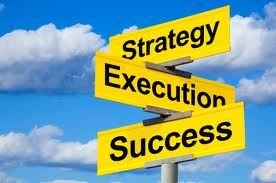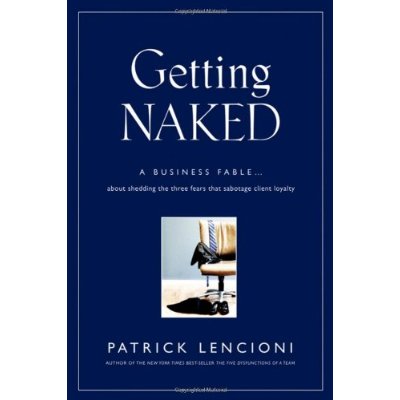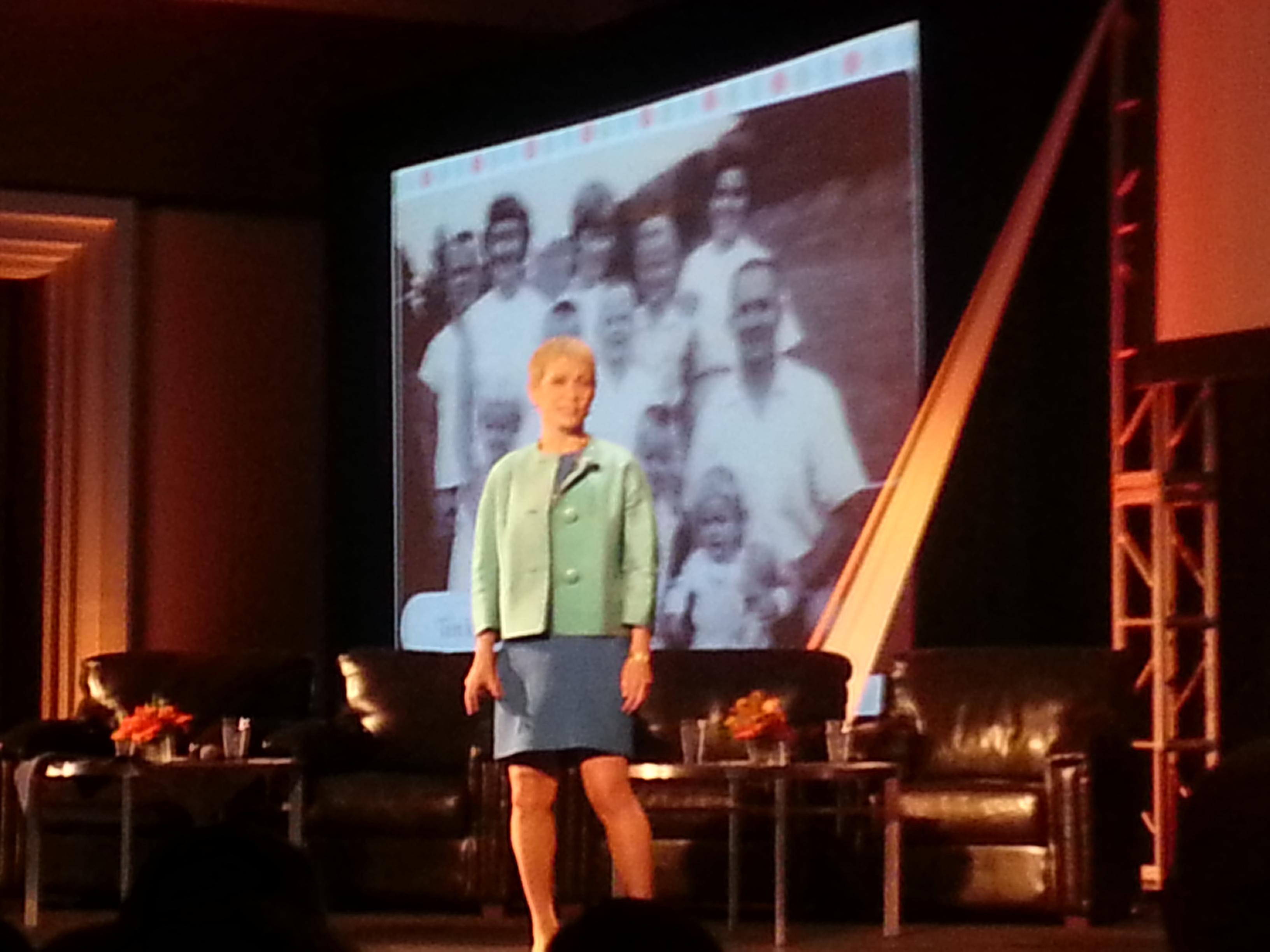Key Parts to a Great Strategic Plan
 As I head to Buenos Aires for the EO Argentina University, I am excited to see how it all unfolds. Unlike other university events I have been to, I was on the committee that put this University together. So in a sense, like your own business, you get to see a creation come together that you had a hand in making happen. I look forward to seeing all my friends and experiencing a great conference together.
As I head to Buenos Aires for the EO Argentina University, I am excited to see how it all unfolds. Unlike other university events I have been to, I was on the committee that put this University together. So in a sense, like your own business, you get to see a creation come together that you had a hand in making happen. I look forward to seeing all my friends and experiencing a great conference together.
Recently, I wrote a blog on bad strategy, so I wanted to make some points of what goes into good strategy. If you want to dig into any of these points in more details, there are a lot of good books out there. One that gives a good understanding and overview of each point discussed below is Stephen Lynch’s book Business Execution for Results.
Here are what I feel are the key areas that should be part of an overall strategic plan:
- What is your vision for the future? (This could be your BHAG or long term direction on where you want to take the company.)
- What competitive forces will determine how your industry is likely to play-out in the coming years (competitors, new entrants, substitute offerings, suppliers, customers) – and what moves do you need to make to address the trends in these areas?
- What macro forces will impact your business environment (political, economic, social, technology) – and what moves do you need to make to address the trends in these areas?
- What geographic areas do you plan to serve, and how will you access those locations?
- Who is the ideal target market/customer for your brand?
- What is your target customer trying to achieve, and how will you address this need (now and in the future)?
- What core activities will you perform (now and in the future)?
- What non-core activities will you stop doing? How will you strategically position your brand in the marketplace?
- What benefits will you offer?
- What blunt, overt promise will compel your customers to take action?
- What key strategic moves do you need to make within the next 3-5 years to position your firm for future industry success?
- What goals and milestones will measure your success along the way?
- What is the current reality that you must deal with?
- What projects will you implement in the coming quarter to address your current reality and/or move your business in your chosen strategic direction?
- What Key Performance Indicators will track and drive the success of your current business model?
With answers to these questions, a lot of the guess work will be out of the way. Ultimately this will put you on the path to a successful company. Does your strategic plan answer most of these questions?







